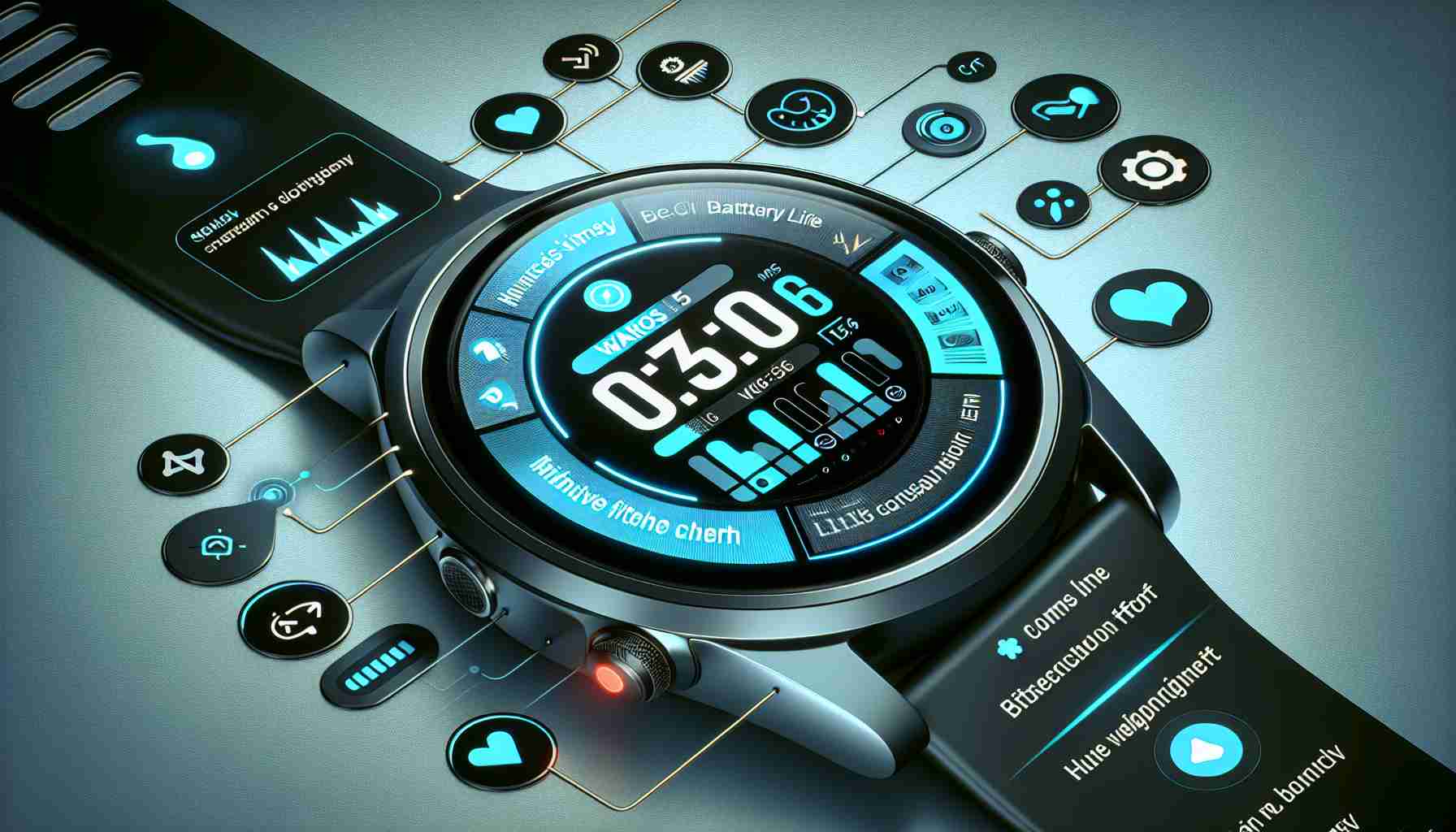Google’s Ongoing Innovation for Smartwatches
During a recent tech event, Google’s CEO, Sundar Pichai, captivated audiences with a slew of announcements. Notably, an update on WearOS and its smartwatch capabilities took center stage as the company introduced the WearOS 5 to the public.
Breaking New Ground in Smartwatch Efficiency
The update is centered on considerable improvements to smartwatch operational efficiency, particularly by enhancing the battery life and personalization options for users. Google’s focus on battery longevity is evident, with the company claiming up to a 20 percent increase in battery efficiency during intensive use, such as marathon running, compared to older versions.
Empowering Developers with New Tools
The declaration also emphasized empowerment for developers through advanced tools. Google updated resources for crafting watch faces and bolstered the Jetpack Compose framework catering to Wear OS applications. Furthermore, an alpha version of the Jetpack Tiles library, version 1.4, now enables developers to create more interactive and engaging tiles for the watch interface.
Innovations in Health and Fitness Tracking
Google’s new features are aimed at making Wear OS watches direct rivals to specialized fitness trackers. With sophisticated running metrics and improved fitness notifications, these devices are catering more than ever to the needs of avid fitness enthusiasts.
Enhancing Personalization and Responsive Designs
The WearOS 5 includes a “Flavours” feature that allows users to tailor their watch faces in unprecedented ways, enhancing the personal touch of each device. Ensuring a seamless user experience across different watch sizes and resolutions, the update includes tools for adaptable app designs.
Fostering Healthier Ecosystems
Lastly, improvements were announced for the Health Connect platform, streamlining the background synchronization of fitness data, a move that promises a more integrated health management experience.
With these ambitious upgrades, Google continues to refine the smartwatch experience, pushing boundaries for developers and users alike.
Key Questions and Answers:
– How does the improved battery life in WearOS 5 compare to competitive smartwatch platforms?
WearOS 5 promises up to a 20 percent increase in battery efficiency during high-energy activities like marathon running compared to previous versions, which may position it more competitively against rivals like Apple’s watchOS and Samsung’s Tizen for battery life during intensive use.
– What are the new fitness features introduced in WearOS 5?
The WearOS 5 focuses on sophisticated running metrics and improved fitness notifications, targeting the needs of fitness enthusiasts and providing competition to specialized fitness trackers.
– How might the new developer tools impact the WearOS app ecosystem?
Enhanced developer tools, including updated resources for watch face creation and the alpha version of the Jetpack Tiles library, are expected to stimulate innovation in app design, leading to a richer selection of apps and a more vibrant ecosystem.
– Are there any controversies or challenges associated with WearOS 5?
While controversies are not mentioned, one challenge Google faces is the fragmentation of its platform and the adoption rate of the update. Ensuring compatibility across a wide range of devices and convincing users and manufacturers to upgrade to WearOS 5 could be a major hurdle.
Advantages and Disadvantages:
– Advantages:
– The enhanced battery life allows for longer use without the need for frequent recharging.
– New health and fitness features may lure users who prioritize these functions in a smartwatch.
– Advanced personalization options with “Flavours” increase user satisfaction by allowing a more customized experience.
– Enhanced developer tools and resources aim to expand and diversify the app marketplace, improving user experience.
– Disadvantages:
– Upgrading to the latest OS may require robust hardware; users with older models might not benefit fully from the new features.
– Increased complexity of customization and development tools might have a learning curve for developers and users.
– As developers adapt to the new framework, there may be a transition period where app availability could lag behind user expectations.
Suggested Related Link:
– To keep up with the latest news and updates related to Google’s WearOS, you can visit Google’s official blog: Google Wear OS Blog.
